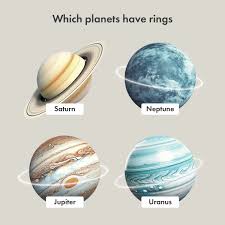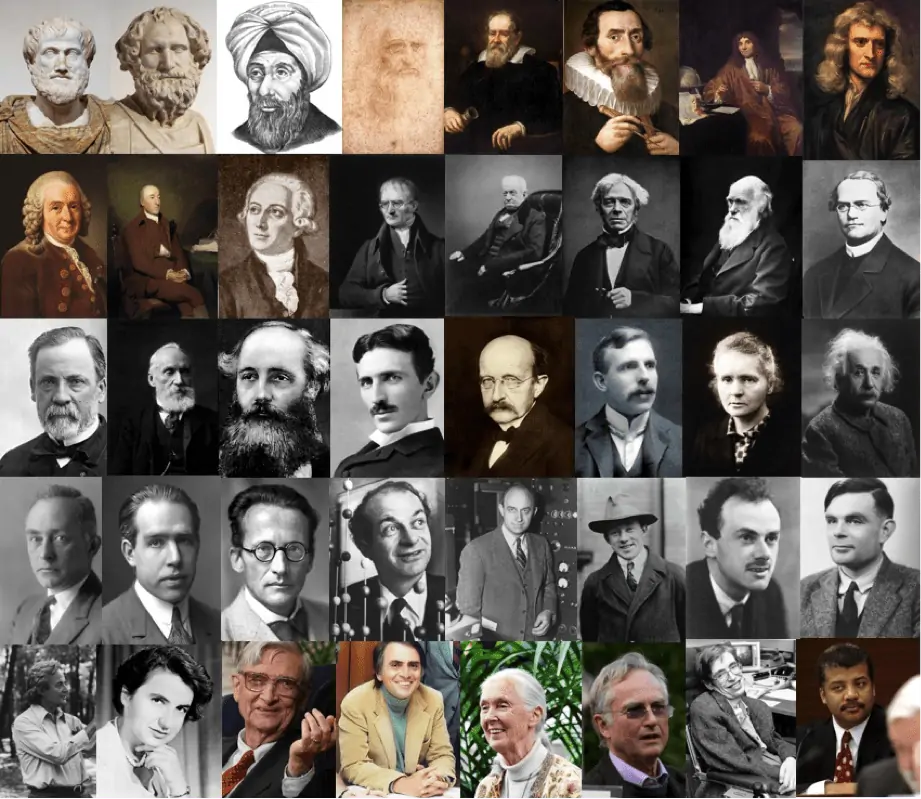Stamp: Sir Isaac Newton, sateliite TDF 1 (Chad 1983)
Sir Isaac Newton, sateliite TDF 1 (Chad 1983)
01 February (Chad ) within release 2nd UN conference on peaceful uses of outer space goes into circulation Stamp Sir Isaac Newton, sateliite TDF 1 face value 1,500 Central African CFA franc
| Stamp Sir Isaac Newton, sateliite TDF 1 in catalogues | |
|---|---|
| Michel: | Mi: TD 961A |
Stamp is square format.
Stamp from souvenir sheetAlso in the issue 2nd UN conference on peaceful uses of outer space:
- Stamp - K.E. Tsiolkovsky,. Soyuz face value 30;
- Stamp - Korolev, ultraviolet telescope face value 50;
- Stamp - von Braun, Columbia space shuttle face value 60;
- Stamp - Sir Bernhard Lovell, Viking I & II face value 1500;
- Souvenir Sheet - President Kennedy, Apollo 11 badge, lunar rover face value 500;
- Souvenir Sheet - Sir Isaac Newton, sateliite TDF 1 face value 1500;
- Stamp - President Kennedy, Apollo 11 badge face value 500;
- Mini Sheet - Sir Bernard Lovell, Viking I & II face value 4*1500;
- Souvenir Sheet - Sir Bernard Lovell, Viking I & II face value 1,500;
- Stamp - Sir Isaac Newton, sateliite TDF 1 face value 1,500;
- Souvenir Sheet - Esnault Pelterie face value 80;
- Souvenir Sheet - H. Oberth face value 300;
- Souvenir Sheet - K.E. Tsiolkovsky,. Soyuz face value 30;
- Souvenir Sheet - Korolev, ultraviolet telescope face value 50;
- Souvenir Sheet - R.H. Goddard face value 40;
- Souvenir Sheet - Von Braun, Columbia space shuttle face value 60;
Stamp Sir Isaac Newton, sateliite TDF 1 it reflects the thematic directions:
Famous People refers to the fame and public attention accorded by the mass media to individuals or groups or, occasionally, animals, but is usually applied to the persons or groups of people (celebrity couples, families, etc.) themselves who receive such a status of fame and attention. Celebrity status is often associated with wealth (commonly referred to as fame and fortune), while fame often provides opportunities to make money.
Outer space (or simply space) is the expanse that exists beyond Earth's atmosphere and between celestial bodies. It contains ultra-low levels of particle densities, constituting a near-perfect vacuum of predominantly hydrogen and helium plasma, permeated by electromagnetic radiation, cosmic rays, neutrinos, magnetic fields and dust. The baseline temperature of outer space, as set by the background radiation from the Big Bang, is 2.7 kelvins (−270 °C; −455 °F)
A planet is a large, rounded astronomical body that is generally required to be in orbit around a star, stellar remnant, or brown dwarf, and is not one itself. The Solar System has eight planets by the most restrictive definition of the term: the terrestrial planets Mercury, Venus, Earth, and Mars, and the giant planets Jupiter, Saturn, Uranus, and Neptune. The best available theory of planet formation is the nebular hypothesis, which posits that an interstellar cloud collapses out of a nebula to create a young protostar orbited by a protoplanetary disk. Planets grow in this disk by the gradual accumulation of material driven by gravity, a process called accretion.
A satellite or artificial satellite is an object, typically a spacecraft, placed into orbit around a celestial body. They have a variety of uses, including communication relay, weather forecasting, navigation (GPS), broadcasting, scientific research, and Earth observation. Additional military uses are reconnaissance, early warning, signals intelligence and, potentially, weapon delivery. Other satellites include the final rocket stages that place satellites in orbit and formerly useful satellites that later become defunct.
A scientist is a person who researches to advance knowledge in an area of the natural sciences






